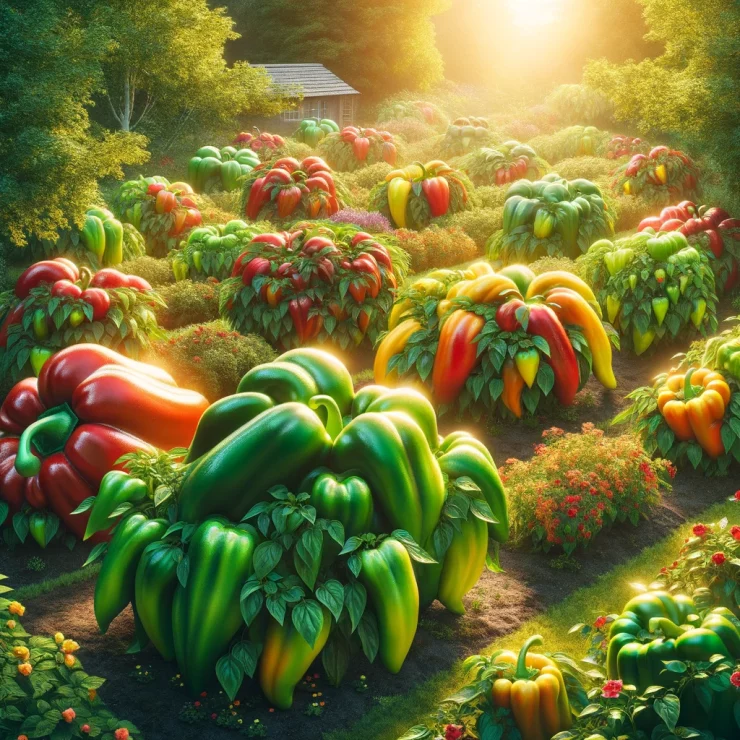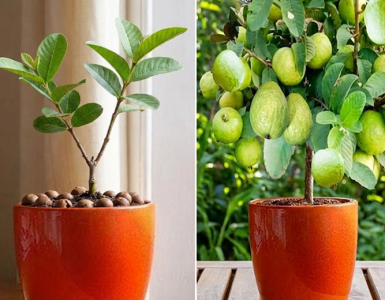Are you looking to elevate your pepper-growing game? Whether you’re a seasoned gardener or just starting out, achieving faster growth, bigger yields, and better quality peppers is always a rewarding pursuit. From choosing the right varieties to optimizing growing conditions, here are six amazing secrets to help you cultivate peppers that will have your friends and family asking for your gardening secrets.
Variety Selection: The journey to growing exceptional peppers begins with choosing the right varieties. Consider factors such as your climate, available space, and desired flavor profile. Some popular options include bell peppers, jalapeños, habaneros, and shishitos. Look for disease-resistant varieties to ensure a healthy crop and experiment with heirloom varieties for unique flavors.
Optimal Growing Conditions: Peppers thrive in warm, sunny conditions, so choose a location in your garden that receives full sunlight for at least six to eight hours per day. Ensure well-draining soil with a pH level between 6.0 and 7.0. If your soil is lacking in nutrients, amend it with organic matter such as compost or aged manure to provide the essential nutrients peppers need for robust growth.
Proper Watering: While peppers enjoy warm weather, they also require consistent moisture to thrive. Aim to keep the soil consistently moist but not waterlogged, as excessive moisture can lead to root rot. Water deeply once or twice a week, depending on weather conditions and soil moisture levels. Mulching around your pepper plants can help retain moisture and suppress weed growth.
Fertilization: To support vigorous growth and high yields, peppers benefit from regular fertilization. Start by incorporating a balanced fertilizer into the soil before planting, then follow up with side dressings of fertilizer throughout the growing season. Look for fertilizers specifically formulated for vegetables, or use organic options such as compost tea or fish emulsion for a natural boost.
Pruning and Maintenance: Proper pruning can encourage bushier growth and increased fruit production in pepper plants. Pinch off the first few sets of flowers when they appear to promote stronger stem development. Additionally, remove any suckers that form in the leaf axils to redirect energy toward fruit production. Regularly inspect your plants for pests and diseases, and address any issues promptly to prevent them from spreading.
Harvesting Techniques: Knowing when and how to harvest your peppers can make a significant difference in their flavor and quality. Most peppers are ready for harvest when they reach their mature color—whether it’s green, yellow, orange, red, or purple, depending on the variety. Use sharp scissors or pruning shears to cut peppers from the plant, taking care not to damage the stems or neighboring fruits. Harvesting peppers regularly encourages the plant to continue producing new fruit throughout the season.
By implementing these six amazing secrets, you’ll be well on your way to growing peppers that are faster to mature, bigger in size, and better in flavor. Whether you’re aiming to add some spice to your meals or enjoy the sweet crunch of bell peppers, a little attention to detail and some gardening know-how can yield bountiful harvests of delicious peppers to enjoy all season long. Happy growing!






Add comment